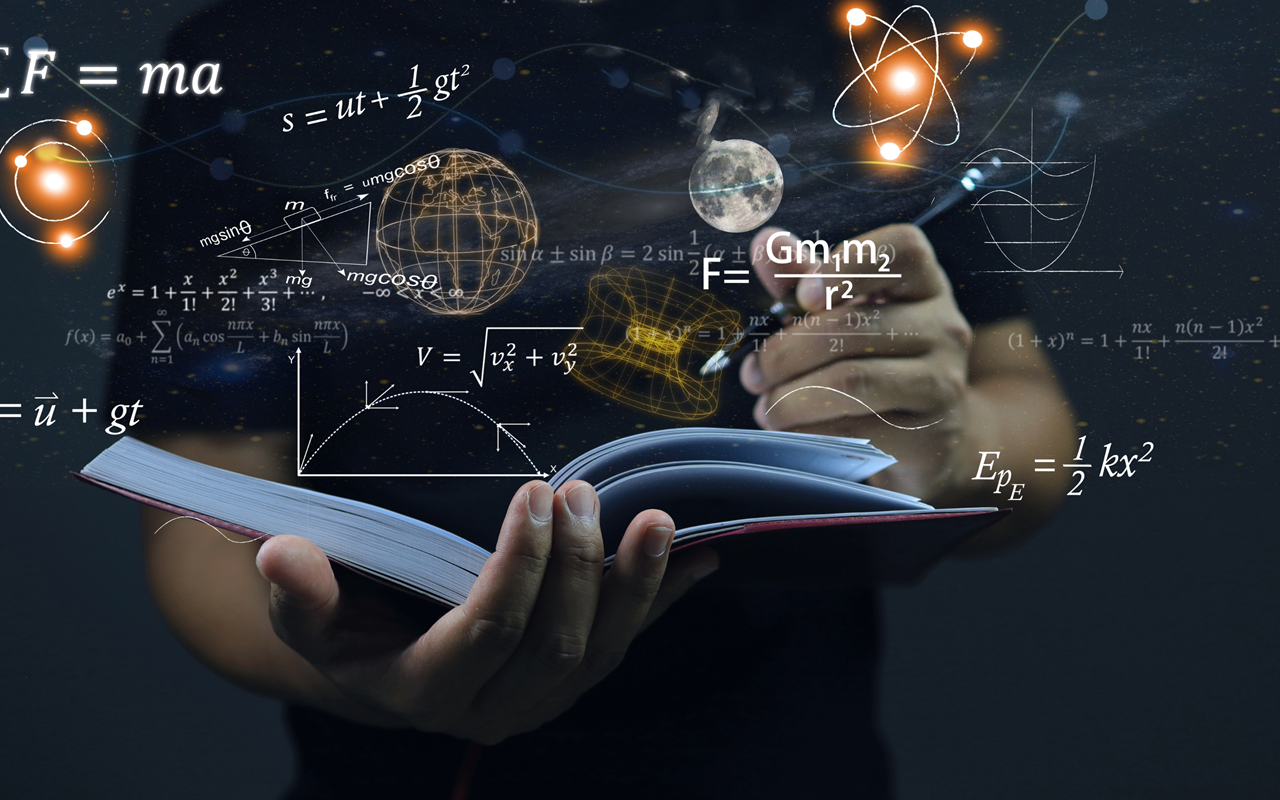stc
Classical Mechanics
Physics demonstrations | 2nd grade of Gymnasium, 1st, 2nd and 3rd grade of Lyceum

Required, call 210 9469641, Monday to Friday, 9:30-16:30
60 minutes
The dates and times shown are indicative and can be altered upon request in advance. Any science experiment demonstration can be arranged to take place between Monday and Friday from 09:00 to 15:00.
120 students
2nd grade of Gymnasium, 1st, 2nd and 3rd grade of Lyceum (only school groups)
Introduction to the fundamental concepts of classical mechanics: (2nd grade of Gymnasium, 1st and 2nd grade of Lyceum), and introduction to rigid body Physics (2nd and 3rd grade of Lyceum).
2nd Grade of Gymnasium
What is mass and inertia? Is it possible for an object to be in motion without, no net force acting on it? Why do you fall forward when brakes are applied in a moving car and why should you always wear a seatbelt? If your hands are wet and no towel is handy, you can remove some of the excesses of water by shaking them. Why does this happen? If a constant force is applied to a body, what happens? Which will fall first when a feather or stone dropped from the same height at the same time? How is thrust generated by rocket engines? When does a body have potential and/or kinetic energy?
The objectives of this physics demonstration are to introduce students to the concepts of inertia, mass, velocity, acceleration, force and energy, Newton Laws of Motion, free fall and to provide answers to everyday phenomena.
Topics Covered
- Mass, inertia
- Velocity
- Force
- Uniform motion in a straight line
- Uniformly accelerated motion
- Action – Reaction
- Weight
- Friction
- Free fall
- Energy
- Energy conservation
1st and 2nd Grade of Lyceum
What is mass and inertia? Is it possible for an object to be in motion without, no net force acting on it? Why do you fall forward when brakes are applied in a moving car and why should you always wear a seatbelt? If your hands are wet and no towel is handy, you can remove some of the excesses of water by shaking them. Why does this happen? If a constant force is applied to a body, what happens? Which will fall first when a feather or stone dropped from the same height at the same time? How is thrust generated by rocket engines? What is the force that keeps a body in a circular motion, like the Μoon around Εarth, and Earth around the Sun? What is momentum and when is it conserved? Why a cannon rolls backward after shooting a cannonball forwards?
The objectives of this physics demonstration are to introduce students to Newton Laws of Motion, free fall, conservation of energy and linear momentum, projectile and uniform circular motion and to provide answers and to make connection with everyday phenomena.
Topics Covered
- Mass, inertia
- Uniform motion in a straight line
- Newton’s 1st law
- Force and acceleration
- Newton’s 2nd law
- Weight
- Free fall
- Action – reaction (Newton’s 3rd law)
- Horizontal projectile motion
- Uniform circular motion
- Linear and angular velocity
- Centripetal force
- Centripetal acceleration
- Centrifugal force
- Linear Momentum - Conservation of linear momentum
- Elastic and inelastic collision
3rd Grade of Lyceum
Why do we use levers and what is leverage and mechanical advantage? Why is it easier to open a door by pushing on it far away from the hinge? How can lighter child balance a heavier one on a see-saw? Why does a top stand up when spinning? What is the connection between spinning tops, figure skating and airplane navigation?
The objectives of this physics demonstration are to introduce students to the physics and kinematics of rigid bodies. In more detail students will familiarize with angular velocity and acceleration, torque, moment of inertia, angular momentum and their applications to everyday life phenomena.
Topics Covered
• Mass, inertia
• Translational and rotational motion
• Linear and angular velocity
• Linear and angular acceleration
• Force and Torque
• Mechanical equilibrium of a rigid body
• Moment of inertia
• Linear momentum and conservation of linear momentum
• Angular momentum and conservation of angular momentum
• Newton’s Second Law for Rotation
Objectives
Introduction to fundamental concepts of classical mechanics.
Familiarize with the kinematics of rigid bodies.
Demonstrate complex concepts in a simple and understandable way.
Develop critical thinking.
Make connections between science and technology.
Make connection between physics and everyday life phenomena.
stc


